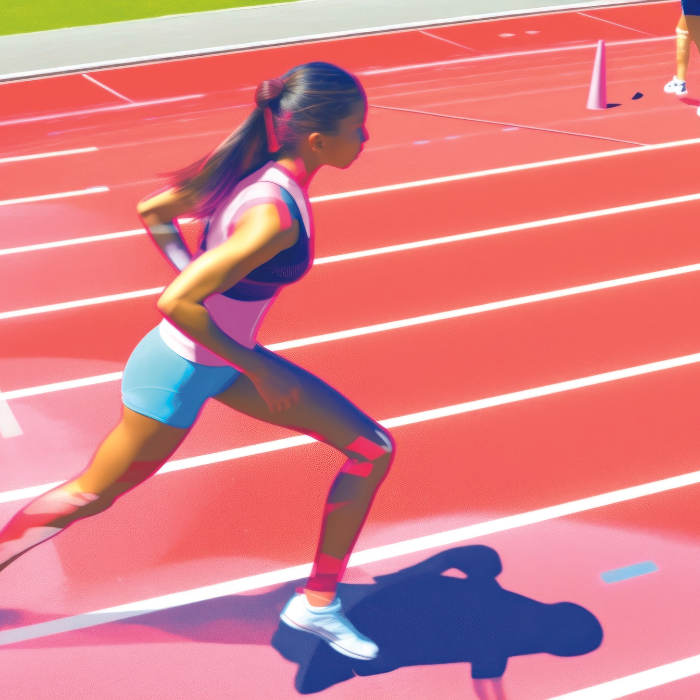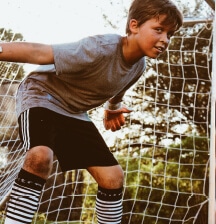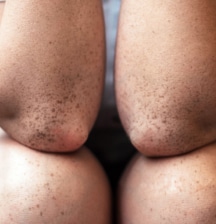
Dance has many benefits beyond creating cute little ballerinas, explains Tiffany Brown.
How many of us know the expression “Dance like no-one’s watching”? Although the quote has been attributed to numerous historic thought leaders such as Mark Twain, the truth is it forms the lyrics to a song called “Come from the Heart” written by Susanna Clark and Richard Leigh in the late 1980s. Of the confusion around its authorship, Leigh says, “I think folks must be unconsciously disappointed that something that cool came from ordinary people… Just a couple of hard- working songwriters.”
For many of us, the world of dance feels remote. From jokes about “bloke dancing” to the idea people need a special occasion like a wedding or reunion to let loose and dance, Western culture has held dancing somewhat aloof from the masses over the past hundred years or so. For adults, it is only the handful who choose to dance professionally, or the few who take it up as a hobby who experience the joy and freedom of dance on a regular basis. But perhaps the real reason the simple expression “dance like no-one’s watching” is so beguiling is that deep down inside all of us, there is a dancer longing to be set free.
Physical benefits of dance
If you’ve ever seen a child spontaneously express themselves through dance, you’ll understand it to be an intrinsic part of childhood. There are numerous physical benefits to dance for children: Increasing their flexibility, range of motion, physical strength and stamina, muscle tone, posture, balance, and coordination, and improving overall cardiovascular health.
And it doesn’t stop there. Researchers have been studying the beneficial effects of dance on our physical and mental health for decades. Dance can also boost our memory, help us lose weight, diminish depression, improve overall energy levels, and help increase our social engagement with others. Even the business of making new friends that goes hand in hand with dance groups increases our happiness, reduces stress, and gives us a stronger immune system.
If the thought of incorporating more dance into your life is making you turn the radio up or tap your toes, you’re not alone. The primal nature of expression through dance is universal and ancient, and according to the New Zealand chapter of Open Floor International, an element of life we’ve increasingly lost our connection to. Open Floor Aotearoa NZ states, “Conscious dance practices areourishing all over the world – the perfect and necessarymedicine for our increasingly troubled and digitised planet.” That’s why it’s so important to incorporate dance into your child’s life.
Therapy that moves you
Dance movement therapy (DMT) is particularly helpful for children who struggle to regulate their emotions. DMT can help children by providing them with a physical outlet for their emotional energy, giving them a safe space to physically express themselves. Through DMT, children can learn body awareness and better understand their bodies’ signals, and have a way to cope with physical distress and improve their emotional wellbeing. Dance movement therapy builds children’s resilience, and helps increase their ability to focus and pay attention, which in turn helps them to learn. A bit of dance at home before settling down to do homework is a good idea!
For children who have a difficult time talking abouttheir feelings, and with the help of an experienced dance movement therapist, dance can be used to help children process their big emotions or deal with events and trauma. Children with cognitive difficulties or who have autism spectrum disorder may also find dance to be therapeutic,especially as the focus of DMT is on non-verbal communication and mindfulness.
Dance is also an empowering, affirming way for childrento develop a positive self-image and appreciation for what their body can do.
Issues that may benefit from dance movement therapy
Physical
- Chronic pain
- Childhood obesity
- Cancer
- Arthritis
- Hypertension
- Cardiovascular disease
Mental health
- Anxiety
- Depression
- Eating disorders
- Poor self-esteem
- Post traumatic stress
Cognitive
- Dementia
- Communication issues
Social
- Autism
- Aggression
- Domestic violence trauma
- Social interaction
- Family conflict
Find out more
Creative therapies association (CTAA)
CTAA was set up in 1995 to promote the use of creative therapies by both registered and non-registered practitioners in education, rehabilitation, health, social care, counselling, and psychotherapy.
Dance & Arts Therapy NZ
Dance & Arts Therapy NZ is a charitable trust set up to support and empower individuals and groups throughout the country through the use of dance movement and arts therapy, with a particular focus on those with disability of special needs and at-ris or low-income communitites.
Open Floor Aotearoa NZ
Open Floor Aotearoa NZ was founded as a creative collaboration of movement teachers from across the globe. Open Floor aims to actively promote a world where conscious movement and dance ignites creativity, community, social justice, health, and wellbeing, and has offered classes and teacher training in dance movement therapy since 2015.








